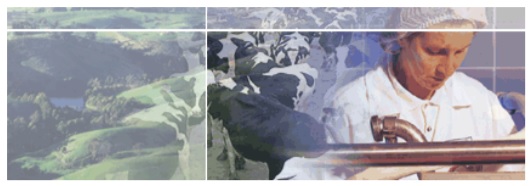Executive Summary
Australian dairy farmers, like Canada’s, have enjoyed the benefits of administered prices which exceeded those which would have prevailed in the open market. Unlike Canada, only the price of fluid milk destined for human consumption was controlled, whereas milk used production of dairy products traded freely. Farmers received a subsidy on the milk they sold to the manufacturing sector.
Over the 1990s, Australia embraced free markets and competition as the basis for its overall economic policy, and in 1999 the dairy industry approached the federal government with a plan to end the existing regulated regime and to provide a transition to a deregulated market. In 2000, both the administered price and the subsidy were terminated, and three programs were introduced (the Dairy Structural Adjustment Program (DSAP), the Dairy Exit Program; and the Dairy Regional Assistance Program) to provide financial assistance to farmers to adapt, and, if they wished, to exit the industry.
The DSAP provides the greater and more significant assistance to farmers, but was not intended to fully compensate for the effects of removal of the old program. While it is estimated in this paper that the old program was worth approximately $4.56 billion (Australian) to farmers, the total expenditures under the new are estimated to be about $1.7 billion over the eight years that it will be in effect. The new program will be financed by a levy on sales of fluid milk to consumers.
The initial impacts of the new program have been a significant reduction in the farm income and profitability, which, however, was substantially offset by the new programs. There is preliminary evidence that the retail price of fluid milk for direct consumption has declined.
This report presents some salient statistics on dairy farming in Australia, outlines the previous price support and subsidy regime, reviews the main features of the new program that was introduced, and describes some of the major impacts of the change.
Of ultimate interest to this study is the potential applicability of the Australian experience to Canada’s Supply Management system, and whether the Australian model could provide a framework for compensating dairy farmers when international trade pressure finally results in the demise of this system.
Download Policy Series 16 – Australia’s Dairy Reforms – Lessons for Canada in pdf format.



